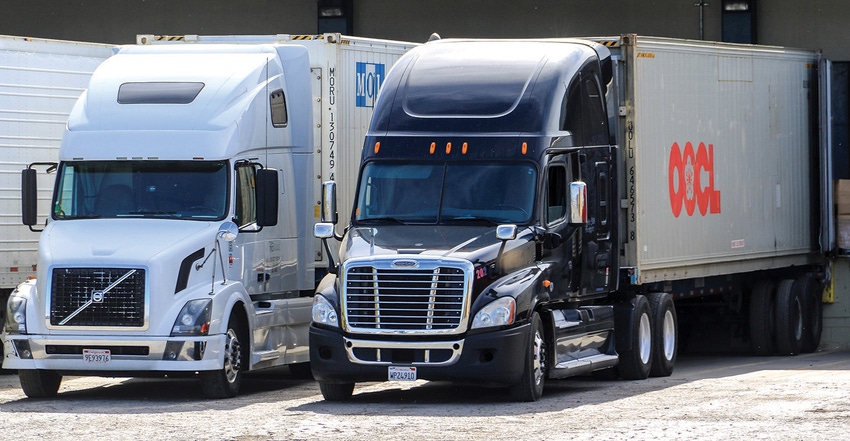
The times, they are a-changing. At least somewhat in the case of California’s tree nut industry.
In April of this year, CoBank’s Specialty Crops Economist Tanner Ehmke released his California Tree Nut Outlook that concluded: “The California tree nut crop has tripled in the last 20 years and is expected to continue expanding as more bearing acres come into production (in regions where water has not been limited).”
Despite the major operational shifts in the industry over the past six months, Ehmke said that optimism holds up. “When you look at export numbers, we’ve been solid all the way through the marketing year,” he said, adding, “There are a couple of reasons to be concerned going forward however.”
He cites logistics as a problem area with the cost of containers hitting new record highs --- $20,000 for a container headed for China. “If we don’t see a turnaround in logistics and the cost of moving product, that will be a headwind to exports in the future.”
In the Spring 2021 report, Ehmke wrote that acreage was continuing to grow with bearing almonds, walnuts, and pistachio numbers continuing to climb “hinting at the potential for more record crops in the years ahead.”
Recently, he was asked if he still felt that way.
“Longer term, I think the dynamics are there for demand to continue to grow as consumers continue to add plant-based protein to their diets,” he said. “Tree nuts fit that need. It’s hard to say if drought might be a turning point on current and future acreage, but we are aware that growers are taking trees out of production because of a lack of, or cost of, water and that is definitely going to pump the brakes on expansion.
"Much depends on how severe and how long the drought is and of course, SGMA will add another complexity to the equation. It’s probably not the concept of whether or not to expand, but the speed of that growth.”
Concerning a shifting of nut growing geography, he admits: “You gotta go where the water is.”
Return on investment
As to a return on investment of time, labor, hard costs, and sweat equity, Ehmke wrote: “While tree nut growers and handlers are expected to struggle with low prices through 2021, the payoff is coming.”
Growers should be pleased with his current observation: “The dynamics are there for an upward pressure on prices depending on how much product the global marketplace can take. I add a caveat about the worsening logistics and the cost of shipping containers that are now up 500% year-over-year. But when you look at the fundamentals of a smaller carry-out, those fundamentals support a higher price movement. A lot depends on the quality of product and reports this year indicate smaller size kernels that are not as appealing to consumers. Based on the total number of trees in play, it should be a smaller crop and the marketplace will have to work out the reaction of the buying public.”
Ehmke cites an expansion of the export base to handle further production increases as well as additional investment in harvesting machinery, hulling/shelling capacity, and processing as keys to market future tree nut crops in a timely manner.
About the Author(s)
You May Also Like




